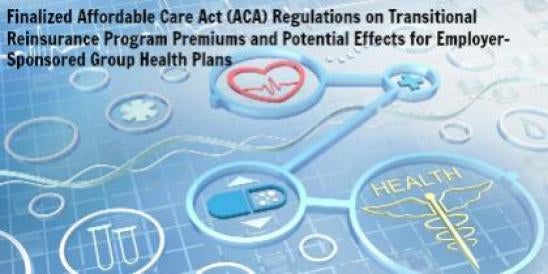Accessories are an everyday reality for almost all users of technology products today. They can help improve efficacy, increase usability and make many other improvements to the technology we use. Increasingly, accessories are used for health related applications (e.g., smartwatches that connect to glucose meters).
In the healthcare space, accessories can potentially face regulation by the Food and Drug Administration (FDA) if they are intended to support, supplement, and/or augment the performance of one or more regulated parent devices, but there has been a lack of clarity from the FDA on what types of accessories will be regulated. In January 2015, the FDA released guidance to address concerns from the medical device industry and more recently the health information technology industry on the following topics.
-
the definition of a regulated accessory;
-
the status of generic products and software that may be used in connection with medical devices; and
-
the relationship between the risk classification of a parent device and an accessory.
The FDA attempted to illuminate the definition of accessory by breaking down the definition of accessory as devices which are: (i) intended to be used with a regulated parent medical device; or (ii) intended to support, supplement, and/or augment the performance of one or more regulated parent medical devices. The FDA further narrowed the scope by reminding the industry that devices such as mobile phones are not accessories merely because they include mobile medical applications. Rather, the mobile phone would need to be intended for use with a medical device to potentially be subject to regulation.
The rest of the accessory document, unfortunately, falls short of what many in the industry had hoped. The FDA indicates that it would not automatically impute the regulatory classification of parent devices to their accessories and as a result such accessories could potentially be subject to a lower regulatory classification as compared to their parent devices. Nevertheless, the FDA has put the onus on the industry sector to demonstrate lower risks associated with accessories. Under this guidance document, manufacturers of regulated accessories will be required to obtain lower classifications or exemptions for accessories through costly and time consuming de novo submissions rather than being able to utilize exemptions created by the FDA for certain types of accessories.
Industry stakeholders should carefully examine the guidance and re-evaluate whether their products meet the definition of accessory. Some may able to confirm the inapplicability of FDA’s accessory rule to their products, whereas others might be able to utilize the de novo pathway described in the guidance to gain more favorable classifications for their accessories.



 i
i

